
Congratulations! You’ve created the logo for your new brand.
Unfortunately, the nitty-gritty, boring details of logo file formats sometimes get ignored in the excitement. It’s the quiet loner at the party who’ll call the cops later and ruin your vibe. Understanding these file formats is not creative or colourful. But it’s super important for the usefulness of your future logo.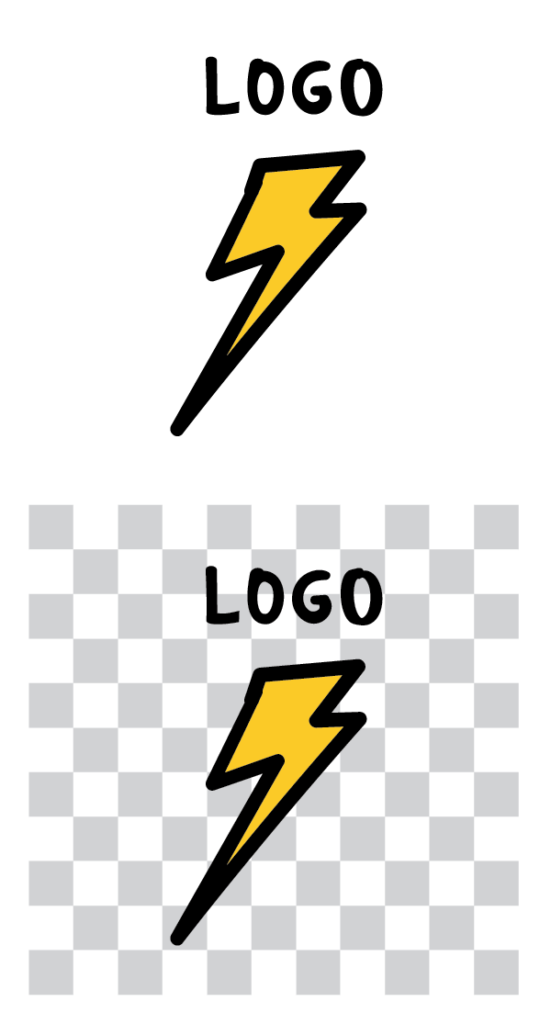
It’s the standard file format that everyone uses. You can open it on your computer, tablet and smartphone. JPEGs are good for PowerPoint slides and social media files. Most of the time, the JPEG will be your go-to image file. JPEGs allow for compression, meaning smaller file sizes that are easy to email.
When it comes to logo file formats, PNGs are quite similar to JPEGs. But they’ve got one key advantage: transparency. The transparent background of PNGs allows you to use your logo with different colours and photos behind it.
Most JPEG logos are on a white background or encased in a shape. If they’re on white, they don’t look great paired with an image or coloured background—you are forced to have the white square in the way, which looks amateur.
In this example, the checkerboard pattern indicates where the background is transparent (PNG). The top image will always appear on a white background (JPEG).
This one is a little bit tricky. Unless you have graphic design software, such as Adobe Illustrator, installed on your computer, you won’t be able to open your EPS file. But you still need it.
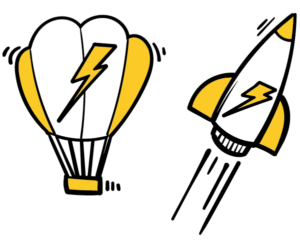
An EPS has quite a few advantages:
● it can be scaled without losing any quality
● it won’t get pixelated when you tinker with enlarging or reducing the file size
● it’s preferred by printers, architects and designers, so if you get brochures, flyers, menus, invitations, uniforms or business cards printed, you’ll get a better quality print result.
Wanna go big? You need an EPS.
The EPS file is the only way to scale up your logo. Billboards, hot air balloons, street signage and banners: they all need an EPS file. You might not be planning to have your logo on a rocket or hot air balloon any time soon, but you never know!
 People delete the file. Because they can’t open it, they think it’s useless.
People delete the file. Because they can’t open it, they think it’s useless.
A well-meaning marketing coordinator or office assistant is tasked with tidying up the digital files. Whoops, your EPS is gone. Yes, you can always go back to your designer to ask for a copy. But, if your logo was designed a while ago, you may not even know who created it.
Unfortunate scenarios when you lose your EPS logo files.
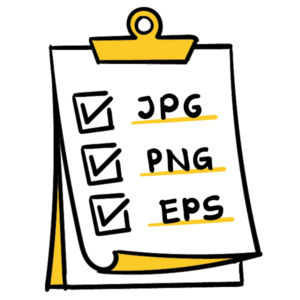 Here’s what I provide with each logo, and what you should expect from your graphic designer:
Here’s what I provide with each logo, and what you should expect from your graphic designer:
So to summarise, you need three formats for your logo file, a JPEG, a PNG and a EPS (or vector file).
Get those, and you are all set. Extra points if you file the folder with ‘DO NOT DELETE’ in the folder name.
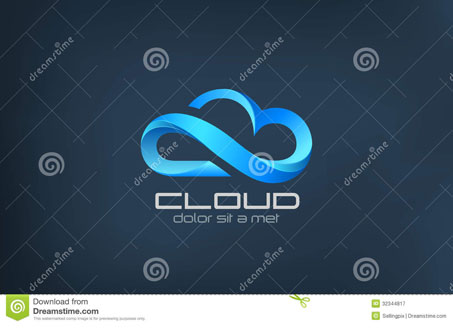

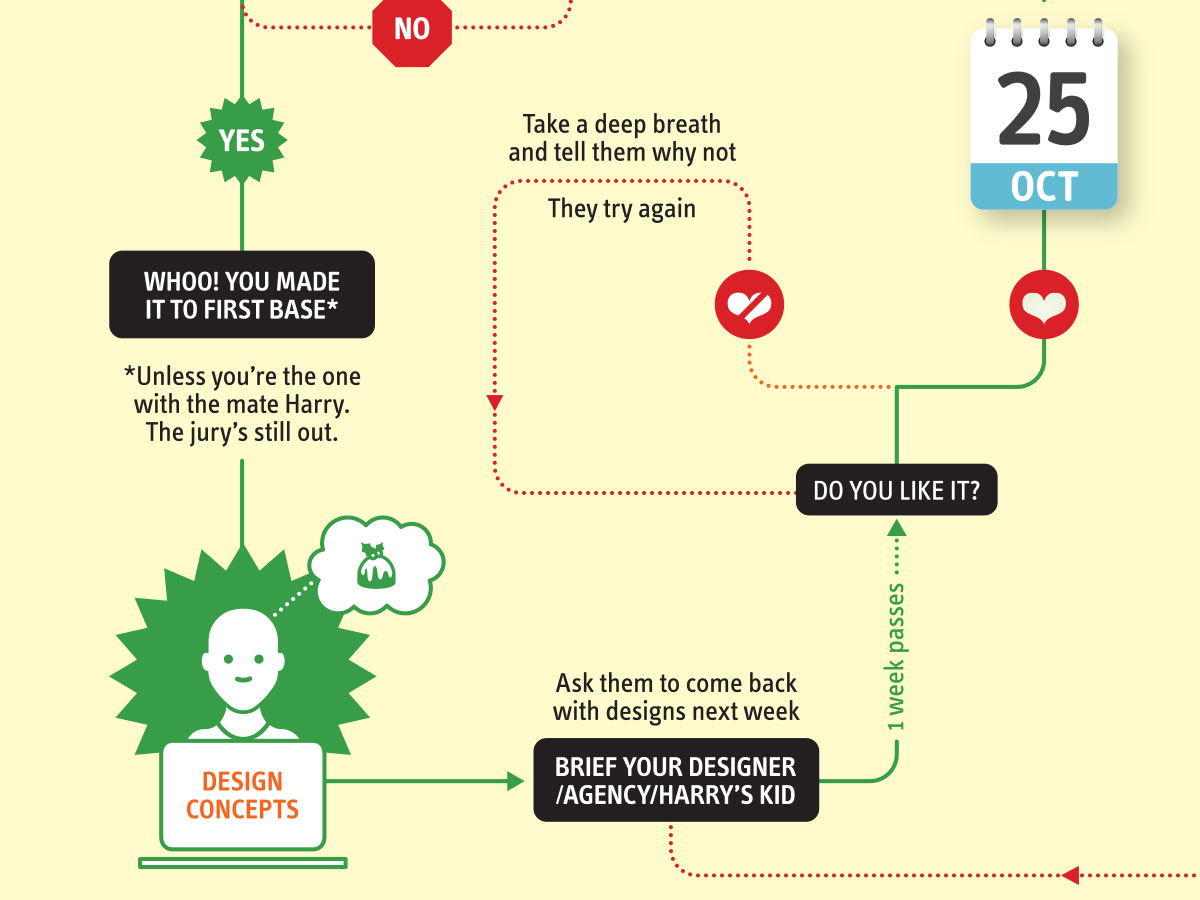
It’s that time of year when we start looking forward to the end of the working year, changes in the seasons, and celebrations over the New year…

Sometimes it can be hard to think of Christmas Cards (especially when the holiday season is months away). So we present a few ideas to get your creative minds sparking…

For the 2024 President’s Dinner event at State Library Victoria, we created two visual concepts.
This is the concept that didn’t make the cut, and we share some of the additional printing and finishing details.

We have 3 rules when designing merch / swag / promotional gifts: 1. Sustainable
2. Usable
3. Quality

Whatever the brief is, it’s exactly the same. Every project. Every time. Every design. It‘s just one word.

You never know where inspiration comes from : behind-the-scenes at a design project combining the vintage aesthetic of pre-1800 Japanese rare books, with a modern twist.
Email hello@brandbyname.com.au
or call +61 3 8658 7744
105 Wellington St,
St Kilda VIC 3182
© 2025 Brand by Name™

Subscribe to our monthly newsletter — Brand News — filled with Design tips, Creativity hacks, Brand news and Design-related goodness.